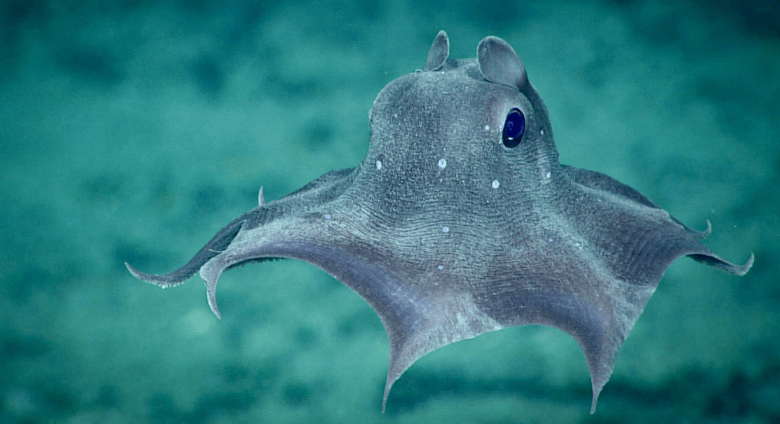Baby:0ccm75x4gk0= Dumbo Octopus

The Baby:0ccm75x4gk0= Dumbo Octopus, a remarkable species inhabiting the depths of the ocean, presents a case study in evolutionary adaptation and ecological significance. Found at considerable depths, these creatures exhibit unique physical traits and behavioral patterns that facilitate their survival in a challenging environment. Their intriguing camouflage and buoyancy mechanisms are just the beginning of what sets them apart. As we explore their habitat and the threats they face, the complexities of their existence raise important questions about conservation efforts and the delicate balance of the marine ecosystem. What implications do these factors have for their future?
Habitat of the Dumbo Octopus
The Dumbo octopus, a unique deep-sea cephalopod, predominantly inhabits the oceanic depths, typically found at depths ranging from 300 to 3,000 meters.
This habitat is characterized by diverse deep sea ecosystems, where the octopus employs intriguing reproductive strategies to ensure survival.
Living in such extreme conditions, the Dumbo octopus has adapted to the challenges of the dark, nutrient-rich environment, showcasing nature’s resilience.
Unique Physical Characteristics
Adaptations to deep-sea environments have resulted in the Dumbo octopus developing a range of unique physical characteristics that enhance its survival.
Notably, its color variations allow for effective camouflage against predators and surroundings.
Additionally, buoyancy adaptations facilitate effortless movement in the water column, enabling the Dumbo octopus to navigate its habitat with agility and grace, thus optimizing its chances for successful evasion and exploration.
Behavior and Feeding Habits
Often observed in the depths of the ocean, the Dumbo octopus exhibits intriguing behaviors and feeding habits that contribute to its survival in a challenging environment.
Their mating rituals involve elaborate displays of color and movement, while social interactions are typically solitary.
Feeding primarily on small invertebrates, they utilize their unique locomotion to capture prey effectively, showcasing their adaptability and efficiency in the deep sea.
Read Also Baby:_Tsh60p5rp8= Hippo
Conservation and Threats
Significant concerns surround the conservation of Dumbo octopuses, as their habitat faces increasing threats from human activities.
Conservation efforts must address the negative human impact on deep-sea ecosystems, including habitat degradation from industrial fishing and climate change.
Protecting these unique cephalopods requires comprehensive management strategies to mitigate threats, ensuring sustainable practices that preserve their natural environments for future generations.
Conclusion
The Baby:0ccm75x4gk0= Dumbo Octopus exemplifies the delicate balance of life in the deep sea, where survival hinges on adaptation and resilience. As these creatures navigate their dark habitat, their unique traits and behaviors reveal the intricate interconnectedness of ocean ecosystems. However, threats such as climate change and habitat degradation imperil their existence, challenging the notion of invulnerability in such remote environments. Protecting these enigmatic beings is vital, as their fate reflects broader ecological health and the ongoing impact of human activity.




